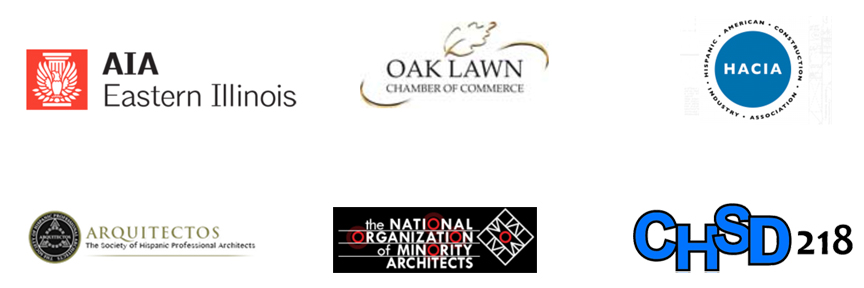JP Architects, Ltd. on The Importance of Strategic Partnerships and How to Cultivate Them?
Upon starting JP Architects, Ltd., I knew that cultivating mutually beneficial relationships with builders, organizations, business owners, interior designers and construction industry professionals was going to be crucial to succeeding.
According to this Forbes article, a whopping 80% of businesses fail within the first 18 months. I did not want to become part of that statistic so I put a major effort into organizational membership - not to just say I was a member, but to actually use these opportunities to create strategic partnerships.
My previous experience at large architecture firms helped prepare me for this part of running my own architecture business. Towards the end of my time working for large architecture agencies, I was tasked with the responsibility of not only designing, but also communicating with the client / other contractors and seeing the project through to completion.
This provided me with first-hand experience on how and why to cultivate strategic partnerships. So let's get into it!
Why Cultivate Strategic Partnerships?
The answer is simple. As a service-oriented business, especially in the architecture industry, you can't rely on a consistent flow of work from the public. Strategic partnerships provide you with incoming work and another revenue source, probably your main revenue source!
Recently, I have been lucky enough to connect with a company who builds new housing developments for communities. The consistent design work from this project alleviates any pressure or concern about operating costs and finances. This income has become the driving force of JP Architects, Ltd. Any other projects increase my company's bottom line, but because of this strategic partnership, I know I will be able to stay operational and continue provide architect services to Chicago's South Suburbs!
How to Cultivate Strategic Partnerships?
Above I mentioned that I don't join an organization to just say I am a member, I utilize the networking opportunities within each organization. Now, it's not as easy as just introducing yourself to a business, it actually does take effort and work to cultivate these relationships.
First, you need to show that you're competent and professional. The best way to do this is offer free advice, and within that advice, highlight projects you have worked on that speak to your skill set and their needs. Provide your contact information / business card.
Following your encounters at organizational meetings, you need to follow up with the potential partner and invite them to a one-on-one meeting. It's okay to 'swoo' the potential partner with tickets to a game or fancy dinner. You want to show your desire to work with them - sometimes that takes some extra effort! During your time together, make it clear that you think there is a benefit in working together - show your value.
This might be enough and you're now partners (YAY - You did it!). BUT... in some cases, it's not, and this last step is imperative.
Offer this potential partner a trial project at a small discount! Do your best on this project. This could be the 'break' you have been waiting for. Make sure every aspect is up to, if not above, your standards.
Although you don't want to discount your services, this shows good faith between you and the potential partner. You will be able to provide them with high-quality design work, and they will feel extremely positive about their experience. You have officially wrapped them in, and now have a strategic partnership that drives your business to the next level!
I wanted to share this advice to help new architecture firms and business owners understand the importance of strategic partnerships. For the consumer, the benefit of these partnerships is that when you hire an architect, they now have a team in place to fulfill your construction, remodel and renovation needs. We become your one-stop shop!
If you have any questions or would like to talk further about this topic feel free to reach out to me. I hope you enjoyed this and find it useful in your journey!
Until Next Time,
Jose R. Pareja, AIA



